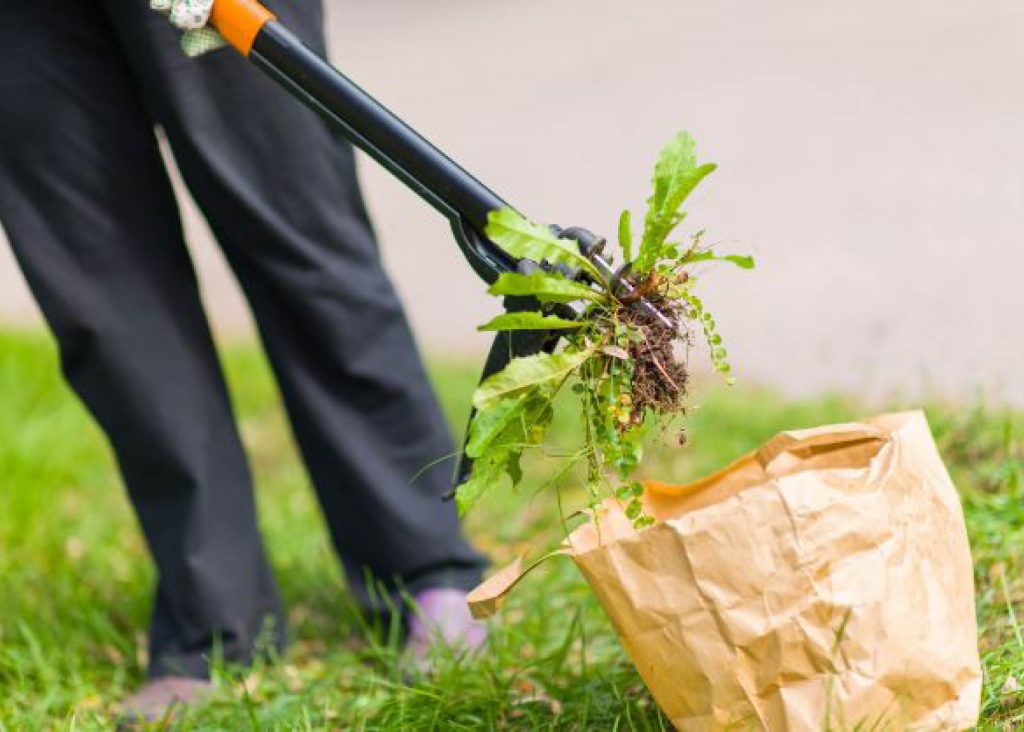Can a Lawn Mower Spread Fungus?
A beautiful green lawn is a natural invitation to relax, play and spend time outdoors. However, ensuring your lawn stays healthy requires effort and a lawn care routine, ...

 Autumn is a transitional season, when the weather starts to cool down and the days become shorter.
Autumn is a transitional season, when the weather starts to cool down and the days become shorter.
Regardless of whether you own your own home or rent, this is an excellent time to prepare your lawn for the upcoming winter months.
Here are nine tips for mowing lawns during autumn.
 During autumn, the weather starts to cool down, and the grass growth rate slows. To help protect the grass roots and retain moisture, it’s important not to cut the grass too short. Raise the height of your mower blades to around 7-8cm, to avoid scalping the grass and to give the roots some insulation as temperatures begin to drop.
During autumn, the weather starts to cool down, and the grass growth rate slows. To help protect the grass roots and retain moisture, it’s important not to cut the grass too short. Raise the height of your mower blades to around 7-8cm, to avoid scalping the grass and to give the roots some insulation as temperatures begin to drop.
There’s a guide to the best lawn mowing heights for your grass type here.
 Autumn brings an abundance of fallen leaves, which can suffocate the grass or harbour disease if left to accumulate. Use a leaf blower, rake, or mower with a bagger attachment to collect leaves from your lawn. The leaves can be added to your compost pile or used as mulch.
Autumn brings an abundance of fallen leaves, which can suffocate the grass or harbour disease if left to accumulate. Use a leaf blower, rake, or mower with a bagger attachment to collect leaves from your lawn. The leaves can be added to your compost pile or used as mulch.
 Autumn is the ideal time to fertilise your lawn to help prepare it for the cooler months ahead. A slow-release fertiliser, such as one with a 3-1-2 NPK ratio, will help to promote strong root growth and maintain a healthy lawn throughout the winter. There’s a guide to autumn lawn care here.
Autumn is the ideal time to fertilise your lawn to help prepare it for the cooler months ahead. A slow-release fertiliser, such as one with a 3-1-2 NPK ratio, will help to promote strong root growth and maintain a healthy lawn throughout the winter. There’s a guide to autumn lawn care here.
 Over time, soil can become compacted, making it difficult for air, water, and nutrients to penetrate the root zone. Aeration can help to alleviate this problem and promote healthy growth. Use an aerator machine, or hire a professional, to poke small holes in your lawn to allow water and nutrients to reach the roots where they can be taken up by the plant.
Over time, soil can become compacted, making it difficult for air, water, and nutrients to penetrate the root zone. Aeration can help to alleviate this problem and promote healthy growth. Use an aerator machine, or hire a professional, to poke small holes in your lawn to allow water and nutrients to reach the roots where they can be taken up by the plant.
Regular mowing to keep your lawn looking neat and healthy is still needed in autumn. However, as the growth rate of grass slows down, it’s best to reduce mowing frequency. A good rule of thumb is to mow once a week or every 10 days, depending on the weather and how quickly the grass is growing.
In autumn, it’s important to reduce the amount of water you give your lawn. As the weather cools down – and especially if you’re in an area where rainfall increases – the grass needs less water to thrive. Aim to water your lawn deeply, but less frequently, to encourage the roots to grow deep into the soil.
 Weeds can still grow in autumn, so it’s essential to control them before they become a problem. Use a herbicide or manual removal to get rid of any weeds, such as dandelions or clover, that are starting to take over your lawn.
Weeds can still grow in autumn, so it’s essential to control them before they become a problem. Use a herbicide or manual removal to get rid of any weeds, such as dandelions or clover, that are starting to take over your lawn.
Autumn is an excellent time to reseed any bare patches in your lawn. Use a high-quality grass seed and follow the instructions for application. Make sure to keep the newly seeded areas moist until the grass starts to grow.
Autumn is the perfect time to clean and store your equipment for the winter. Drain fuel from your mower, edge trimmer and other garden tools, clean off any dirt and debris, and store them in a dry, sheltered location. This will help extend the life of your equipment and ensure it’s ready to go when spring rolls around.
Autumn is an important time to prepare your lawn for the cooler months ahead. By following these tips, you can keep your lawn looking healthy and well-maintained right throughout the season. Remember to adjust your mower height, remove fallen leaves, fertilise and aerate your lawn, mow regularly, water efficiently, control weeds, reseed bare patches, and clean and store your equipment.